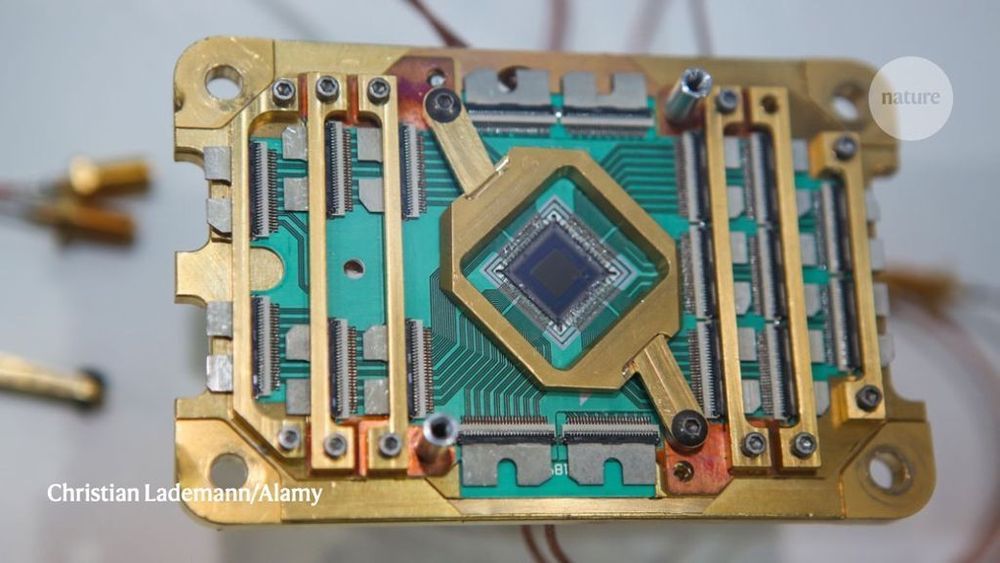Get the latest international news and world events from around the world.
NASA Just Observed a Totally New Kind of Magnetic Eruption on The Sun
The surface of the Sun is never still. Upon this burning ball of gas, a continual flow of super-hot plasma creates ropes of magnetic fields that can twist and tangle with one another.
As the star rotates, these invisible lines snap apart and join together again, bursting into flares, storms and eruptions of plasma.
This phenomenon, known as magnetic reconnection, has been seen many times before on the Sun and even around our own planet, but we’ve only captured spontaneous reconnections in the past.

Intel Acquires Artificial Intelligence Chip Maker Habana for $2 Billion
Given that opportunity, the acquisition of Habana is only a component of a wide attack on the market and that it’s not clear how it fits with the other acquisitions and projects, the initial response to the Habana acquisition should be a shrug. Intel is like a VC firm in that it only needs one of the multiple initiatives to hit in order to end up in the black.
Scientists Are Getting Closer to Developing an HIV Vaccine
The search for an HIV vaccine may soon be over 😮 (Via @ Seeker)
Camouflage made of quantum material could hide you from infrared cameras
Infrared cameras detect people and other objects by the heat they emit. Now, researchers have discovered the uncanny ability of a material to hide a target by masking its telltale heat properties.
The effect works for a range of temperatures that one day could include humans and vehicles, presenting a future asset to stealth technologies, the researchers say.
What makes the material special is its quantum nature—properties that are unexplainable by classical physics. The study, published today in the Proceedings of the National Academy of Sciences, is one step closer to unlocking the quantum material’s full potential.


Russia joins race to make quantum dreams a reality
The government will inject around 50 billion roubles (US$790 million) over the next 5 years into basic and applied quantum research carried out at leading Russian laboratories, the country’s deputy prime minister, Maxim Akimov, announced on 6 December at a technology forum in Sochi. The windfall is part of a 258-billion-rouble programme for research and development in digital technologies, which the Kremlin has deemed vital for modernizing and diversifying the Russian economy.
National initiative aims to develop practical technologies that could mine databases and create ultra-secure communication networks.

AMD releases FEMFX deformable physics library
AMD has published its new FEMFX deformable materials physics library and made it available for anyone to use in games and other software development.